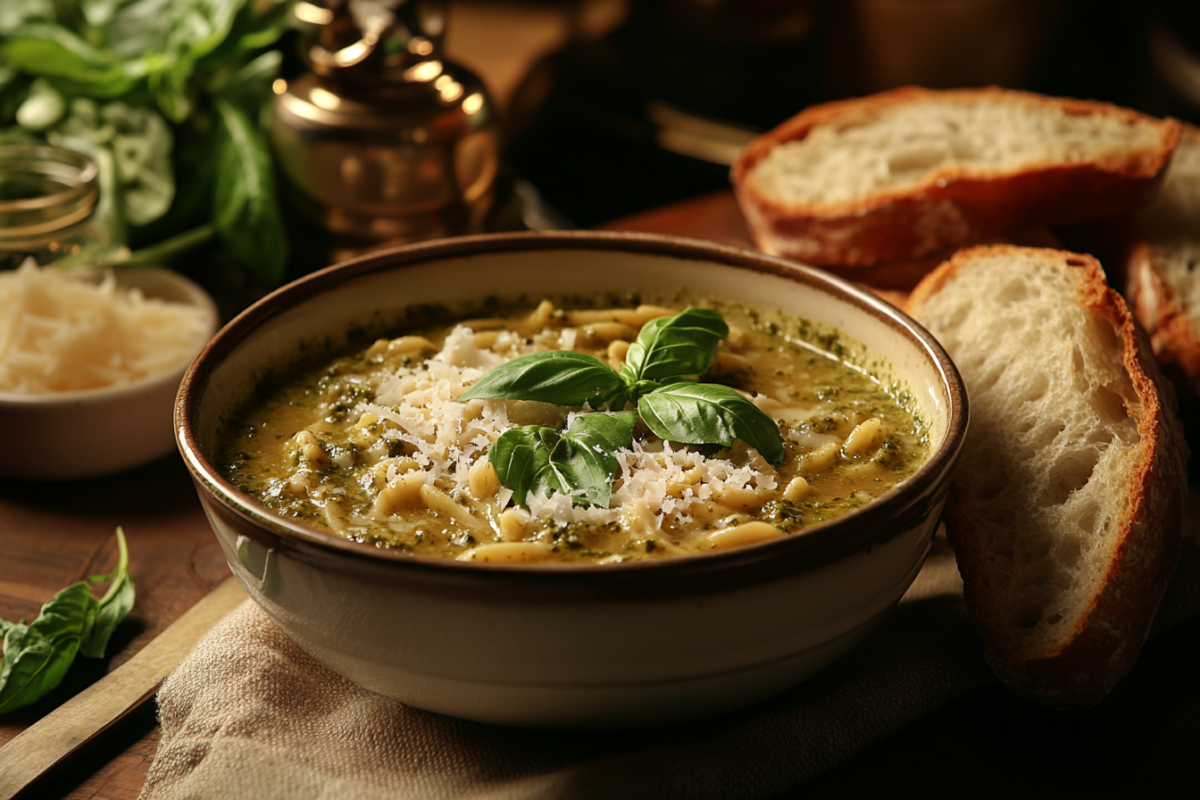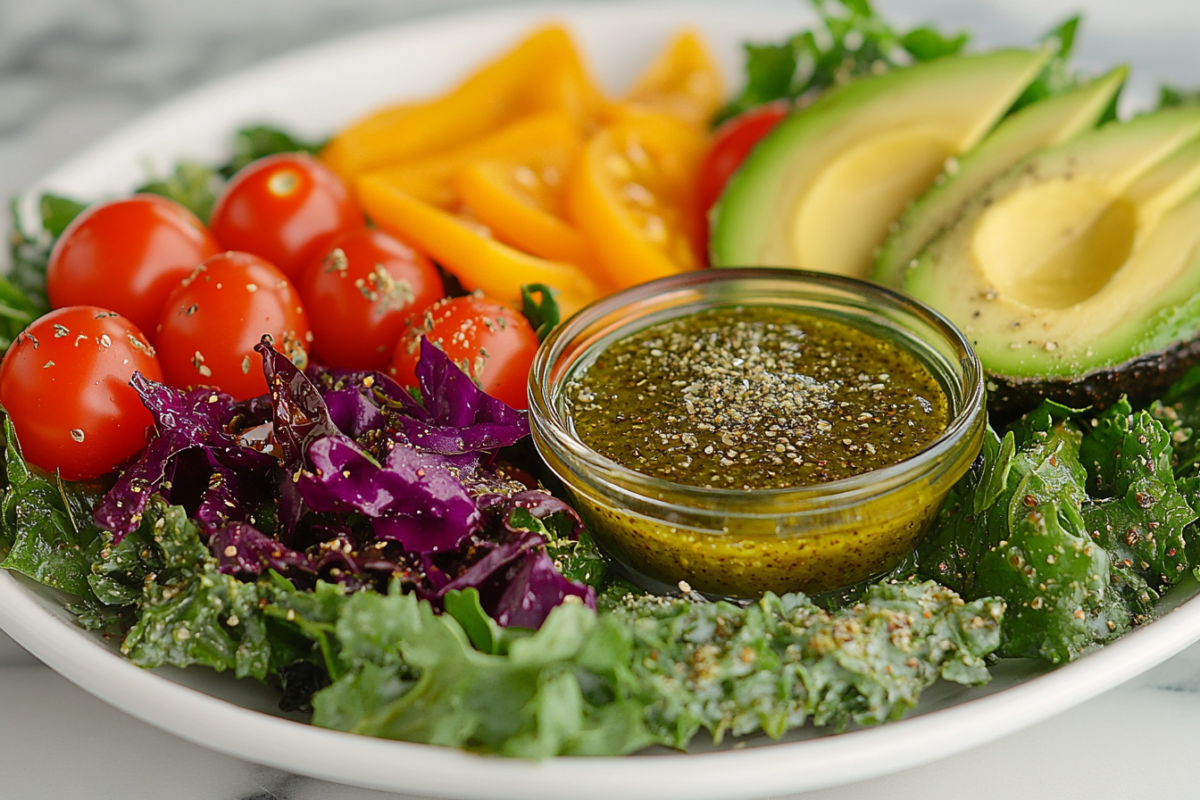Cooking with hemp oil has become a popular trend for food lovers seeking nutritious and sustainable ingredients. Recipes using hemp oil are not only delicious but also packed with omega-3 and omega-6 fatty acids, providing a perfect balance for heart health. This article explores how to incorporate hemp oil into your meals, from breakfast to dinner, snacks, and desserts. You’ll also learn its benefits, get answers to common questions, and enjoy step-by-step recipes designed for every palate. Ready to bring this superfood into your kitchen? Let’s dive in!
Introduction
What Is Hemp Oil?
Hemp oil, often mistaken for CBD oil, is extracted from the seeds of the hemp plant. Unlike CBD oil, it doesn’t contain THC, the compound that causes a “high.” Instead, it serves as a nutritious culinary ingredient, known for its light, nutty flavor. This oil has become increasingly popular for its health benefits and versatile use in various recipes.
Why Use Hemp Oil in Cooking?
Incorporating hemp oil into your recipes can truly elevate your meals. Packed with essential fatty acids, it’s perfect for heart-healthy dishes. Its mild taste makes it an ideal addition to raw foods like salads, dressings, dips, and even smoothies, enhancing both flavor and nutrition.
Nutritional Benefits of Hemp Oil
Hemp oil is a nutrient-dense superfood, offering a range of health benefits, including:
- A balanced ratio of Omega-3 and Omega-6 fatty acids.
- Anti-inflammatory properties that support overall wellness.
- Essential vitamins, such as Vitamin E, which promote healthy skin and immunity.
What Is Hemp Oil?
Hemp Oil Overview
Hemp oil is one of nature’s most versatile gifts, extracted from the seeds of the hemp plant (Cannabis sativa). It has a light, nutty flavor and offers a variety of health benefits. Whether you’re adding it to your favorite recipes or using it as a finishing drizzle, this oil is a nutritious and sustainable choice.
What Is Hemp Oil Made From?
Hemp oil is derived by cold-pressing hemp seeds, tiny, protein-rich seeds harvested from the hemp plant. These seeds are loaded with essential fatty acids and are free of THC, making the oil a safe and non-intoxicating ingredient for culinary use.
How Is Hemp Oil Different from CBD Oil?
Although both hemp oil and CBD oil come from the hemp plant, they are distinct:
- Hemp Oil: Extracted from the seeds, primarily used in cooking and skincare.
- CBD Oil: Extracted from the plant’s flowers, leaves, or stalks and marketed for its therapeutic benefits.
Hemp oil is a go-to for cooking, while CBD oil is commonly used as a wellness supplement.
Nutritional Benefits of Hemp Oil in Recipes
Hemp oil is packed with nutrients, making it an excellent addition to healthy recipes. Key benefits include:
- A balanced ratio of omega-3 and omega-6 fatty acids, supporting heart health.
- Rich in Vitamin E, which acts as an antioxidant and supports healthy skin.
- Anti-inflammatory properties that may help reduce chronic inflammation and aid in managing health conditions.
Cooking Basics with Hemp Oil
Tips for Cooking with Hemp Oil
Using hemp oil in your cooking can elevate both flavor and nutrition, but it’s important to understand the best ways to incorporate it. Its delicate, nutty flavor and low smoke point make it ideal for low-heat applications or as a finishing touch. Here are a few tips to make the most of it:
- Avoid high-heat cooking to preserve its rich nutritional profile.
- Store hemp oil in a cool, dark place to maintain its freshness.
- Pair it with fresh, whole foods, like vegetables or grains, for a well-balanced, nutritious meal.
Is Hemp Oil Safe for Cooking?
Yes, hemp oil is perfectly safe for cooking, but it’s best suited for lower-heat applications. With a smoke point of around 330°F (165°C), it’s not ideal for high-heat frying or sautéing, as the oil may lose its nutrients and develop a bitter taste. Instead, try using hemp oil in dressings or drizzle it over cooked dishes. For further insight on oil types, check out Healthline’s guide on cooking oils and their smoke points.
Raw vs. Cooked Hemp Oil in Recipes
- Raw Hemp Oil: When used raw, hemp oil retains its full nutrient profile, making it an excellent choice for dressings, dips, and salads.
- Cooked Hemp Oil: Although you can lightly heat it, it’s best used as a finishing oil for dishes like soups, pasta, or roasted vegetables.
Best Types of Recipes for Hemp Oil
Hemp oil is incredibly versatile and can be used in a wide range of recipes. Here are a few ideas:
- Salads: Drizzle hemp oil over your favorite salad for a rich, nutty flavor.
- Smoothies: Add a spoonful of hemp oil to your morning smoothie for an omega-3 boost.
- Dips: Enhance the flavor of hummus or guacamole with a dash of hemp oil.
- Desserts: Use hemp oil in no-bake treats like truffles or energy balls for a healthier, nutty twist.
Perfect Recipes for Hemp Oil
Hemp oil’s versatility shines in a variety of dishes:
- Salads: Create vibrant, healthy dressings with lemon or vinegar.
- Smoothies: Add a spoonful to your smoothie for an omega-3 boost.
- Dips: Enrich guacamole or hummus with a dash of hemp oil.
- Desserts: Make no-bake treats like energy balls or truffles for a nutty flavor.
Recipes Using Hemp Oil
Breakfast Recipes Using Hemp Oil

Hemp Oil Smoothie Bowl Recipe
Start your day with a nutrient-packed smoothie bowl. This easy recipe combines fresh fruit, leafy greens, and a spoonful of hemp oil for a smooth and creamy texture.
Ingredients:
- 1 banana
- ½ cup spinach
- 1 cup almond milk (or any plant-based milk)
- 1 tbsp hemp oil
- ½ cup frozen mixed berries
- Toppings: chia seeds, granola, sliced almonds, or coconut flakes
Instructions:
- In a blender, combine the banana, spinach, almond milk, and hemp oil. Blend until smooth.
- Pour into a bowl and top with your favorite toppings, such as granola, chia seeds, and sliced almonds.
- Drizzle a little more hemp oil on top for an extra boost of healthy fats.
This smoothie bowl is perfect for busy mornings, offering a delicious blend of flavors and essential nutrients.
Avocado Toast with Hemp Oil Drizzle
Avocado toast is a classic breakfast, and adding a drizzle of hemp oil gives it an extra punch of healthy fats, keeping you energized throughout the morning.
Ingredients:
- 1 ripe avocado
- 2 slices whole-grain bread
- 1 tbsp hemp oil
- Salt and pepper to taste
- Red pepper flakes (optional)
Instructions:
- Toast the bread to your desired crispiness.
- Mash the avocado in a bowl, adding salt, pepper, and a drizzle of hemp oil for extra richness.
- Spread the mashed avocado onto the toasted bread.
- Sprinkle red pepper flakes on top for a little kick (optional).
This dish is perfect for a quick, nutritious breakfast, with a unique nutty flavor from the hemp oil.
Lunch Recipes Using Hemp Oil
Hemp Oil Salad Dressing
A homemade salad dressing made with hemp oil is an easy and flavorful way to incorporate this nutrient-dense oil into your lunch. Packed with omega-3s and antioxidants, this dressing will elevate any salad.
Ingredients:
- 3 tbsp hemp oil
- 1 tbsp apple cider vinegar
- 1 tsp Dijon mustard
- 1 tsp honey or maple syrup
- Salt and pepper to taste
Instructions:
- In a small bowl or jar, whisk together the hemp oil, vinegar, Dijon mustard, and honey.
- Season with salt and pepper to taste.
- Drizzle over your favorite salad ingredients, such as mixed greens, cherry tomatoes, and cucumbers.
This simple dressing adds a deliciously nutty flavor to your salads, boosting their nutritional value.
Vegetable Stir-Fry with Hemp Oil

This vibrant vegetable stir-fry utilizes hemp oil for added flavor and health benefits. With its mild taste and moderate smoke point, hemp oil complements the vegetables without overpowering them.
Ingredients:
- 2 tbsp hemp oil
- 1 bell pepper, sliced
- 1 zucchini, sliced
- 1 cup broccoli florets
- 1 carrot, julienned
- 2 tbsp soy sauce or tamari
- 1 garlic clove, minced
- Sesame seeds (optional)
Instructions:
- Heat the hemp oil in a large skillet over medium heat.
- Add the garlic and sauté for about 1 minute before adding the sliced vegetables.
- Stir-fry for 5-7 minutes, until the vegetables are tender but still crisp.
- Drizzle with soy sauce and sprinkle sesame seeds on top before serving.
Benefits of Using Hemp Oil in Recipes
Health Benefits
Hemp oil is a true powerhouse when it comes to health benefits, making it a valuable addition to your meals. The essential nutrients in this oil support overall well-being and vitality, contributing to a healthy lifestyle.
Omega-3 and Omega-6 Fatty Acids
One of the standout features of this oil is its optimal balance of omega-3 and omega-6 fatty acids. These essential fats play a crucial role in promoting heart health, improving brain function, and supporting joint health. Unlike many other oils, it offers the ideal 3:1 ratio of omega-6 to omega-3, which helps maintain cardiovascular health while reducing inflammation. Adding this oil to your diet can help prevent chronic diseases such as heart disease, stroke, and even cognitive decline.
Anti-inflammatory Properties
This oil also contains powerful anti-inflammatory compounds, making it especially beneficial for individuals suffering from conditions like arthritis or chronic pain. These properties can help alleviate symptoms by reducing inflammation in the body. Incorporating this oil into your meals may provide long-term relief from joint pain, improve mobility, and help you feel more comfortable and active.
Environmental Benefits
Not only is this oil great for your health, but it’s also a win for the environment. The sustainability of hemp as a crop makes it an eco-friendly choice for conscientious cooks. Hemp is one of the most environmentally friendly crops, requiring minimal water and no harmful pesticides. Hemp plants also absorb CO2, making them a carbon-neutral option in agriculture. This contributes to reducing greenhouse gas emissions and combating climate change.
The sustainability of hemp as a crop also extends to its ability to regenerate the soil it grows in, improving soil health and reducing the need for synthetic fertilizers. By choosing this oil, you’re not only making a nutritious choice for your body but also supporting a more sustainable planet.

